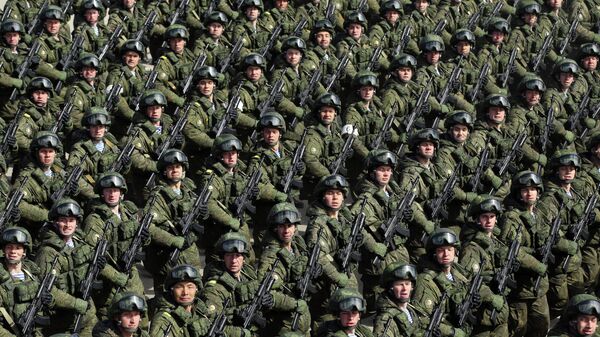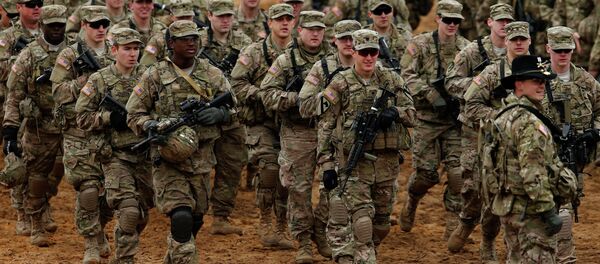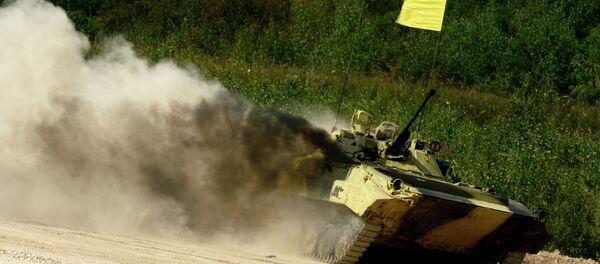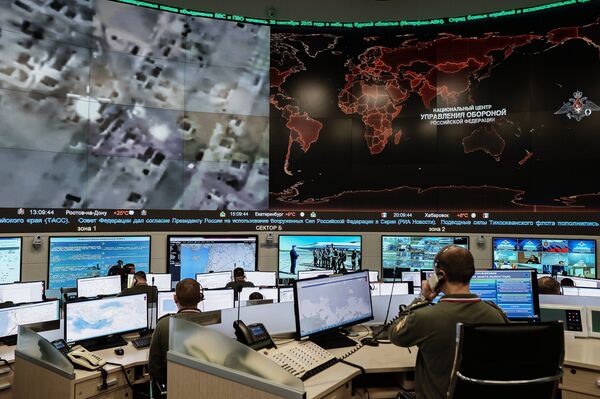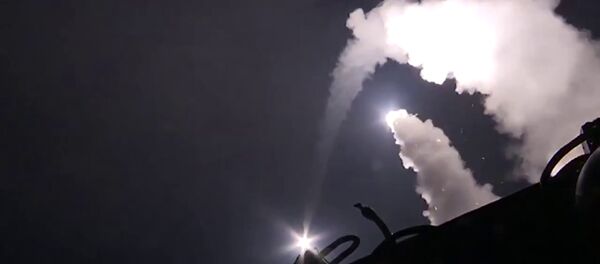Three years ago today, on November 6, 2012, Sergei Shoigu was appointed Russia's defense minister, replacing his disgraced predecessor, Anatoly Serdyukov, the former furniture salesman who had become mired in a major corruption scandal during his tenure.
Analysts suggest that in these three years, Shoigu has managed not only to get the military back on track and to restore its fighting capability, but to completely transform its image, in the eyes of both the Russian public and international observers.
Speaking with RIA Novosti, Col. Gen (Ret) Leonid Ivashov, vice president of the Moscow-based Academy on Geopolitical Affairs, explained that Shoigu's tenure has, "first and foremost, restored the fighting capability of the Army and the Navy."
This is quite a contrast to the situation just a few years ago, when it was considered desirable and even fashionable for many young men to find ways to avoid the one year of compulsory military service required of them under Russian law.
Finally, Ivashov suggested that recent events have demonstrated decisively that the modernization of the country's once dilapidated Soviet-era military, left to rot for lack of interest during most of the 1990s, and for lack of finances during much of the 2000s, is well underway.
The military is now being rearmed with completely "new, advanced military-technical systems," Ivashov noted. Furthermore, "what we are now witnessing in Syria, in the Caspian Sea [last month's launch of cruise missiles to attack ISIL] and at various military drills –this is in fact a check on the results of the work of the top people at the Defense Ministry. And as we have seen, the results are quite good," he added.
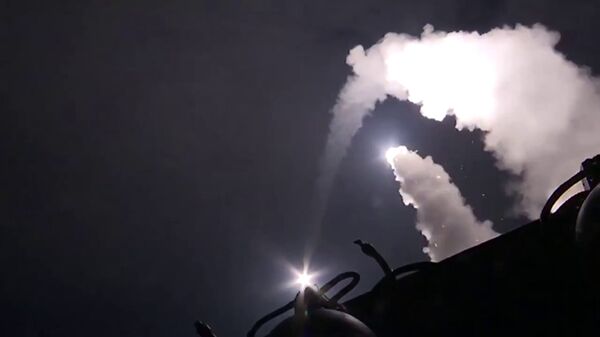
Sergei Grinyaev, the head of the Moscow-based Center for Strategic Estimates and Projections, echoed Ivashov's comments, noting that "today, the Russian armed forces have achieved a high level of combat readiness, meeting the requirements of the conditions of modern conflict, and proving capable of meeting not only today's challenges, but those of tomorrow as well."
Grinyaev believes that the Shoigu team's decision to dramatically increase the number of exercises and snap drills testing the readiness of various branches of the Armed Forces has played a critically important role in increasing the armed forces' effectiveness.
"Of course, were it not for the training and drilling –the command and staff games which have been held regularly in recent years, it would not be possible to see the results being achieved by the Aerospace Forces, whether it's in Syria, or generally in the framework of combat training," the expert noted.
As RIA Novosti explained, over the last three years, significant changes have been made to the entire structure of the Armed Forces. For example, in 2015, the country saw the creation of a new branch –the Aerospace Forces. Moreover, since 2013, the Armed Forces have seen the appearance of eight new operational units, over 25 divisions (combined arms units, aviation units, air defense units and units of surface ships) and 15 brigades.
Since 2012, a great deal of work has also been done to improve the Armed Forces' command and control systems, aimed at improving force efficiency and at strengthening defensive capabilities. These efforts have culminated in the creation of a new National Defense Control Center, allowing the defense minister and his staff to manage the country's entire military potential in real-time. Similar centers have been deployed regionally and territorially.
Furthermore, the intensity of operational training exercises has also grown, from 423 in 2012, to 548 in 2013, to 781 in 2014 and 866 in 2015. Internationally, the number of flights by long range aviation has increased by 15%, while navy surface ships have increased their long-distance voyages from 55 to 125 per year.
